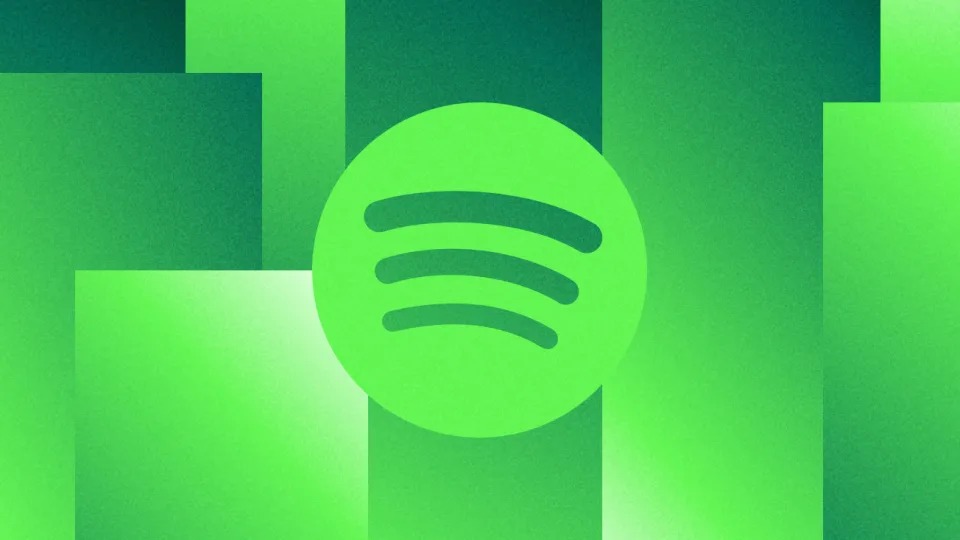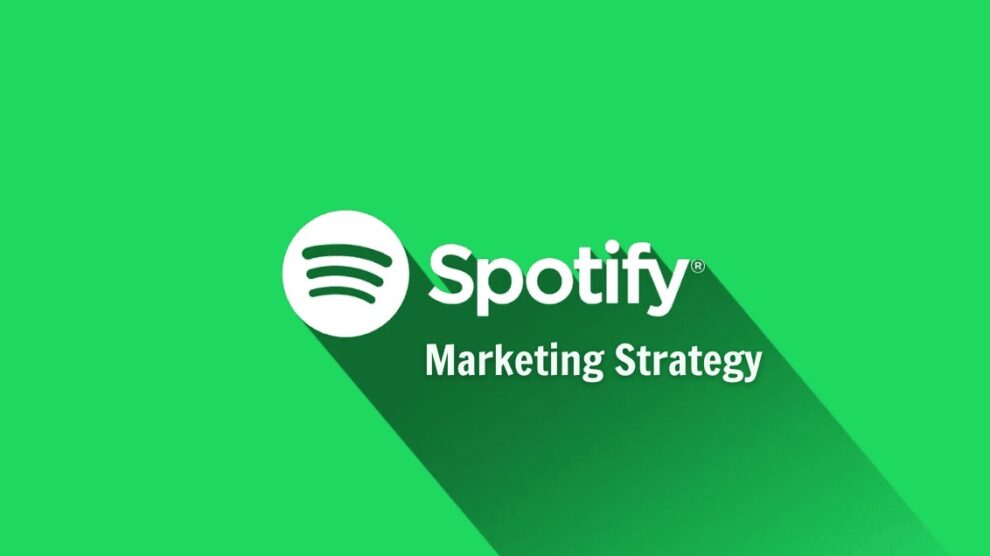Spotify’s introduction of a new Basic plan at $10.99 per month, which excludes audiobooks, represents a significant shift in the company’s pricing and content strategy. This move comes in response to recent price hikes and the integration of audiobooks into the Premium plan. Let’s explore the implications of this decision for Spotify, its users, and the broader streaming industry.

The New Basic Plan: A Closer Look
Features and Pricing
- Maintains the original $10.99 price point for eligible users
- Includes music and podcast streaming features
- Excludes access to audiobooks
Positioning in Spotify’s Ecosystem
This new plan creates a tiered structure within Spotify’s offerings:
- Free ad-supported tier
- New Basic plan at $10.99 (without audiobooks)
- Premium plan at a higher price point (likely $12/month, including audiobooks)
Strategic Implications for Spotify
User Retention and Acquisition
The Basic plan appears designed to address several key objectives:
- Retaining price-sensitive users who might have considered downgrading or leaving due to recent price increases
- Providing a more affordable entry point for new Premium users
- Potentially easing the transition to higher-priced tiers in the future
Content Strategy Refinement
The exclusion of audiobooks from the Basic plan suggests a reevaluation of Spotify’s content strategy:
- Indicates that audiobook integration might not have been as universally appealing as initially thought
- Allows Spotify to position audiobooks as a premium feature, potentially justifying higher-tier pricing
- May help in negotiating better terms with audiobook publishers by creating a clearer separation between tiers
Financial Considerations
This move likely has several financial motivations:
- Mitigating potential revenue loss from users downgrading or leaving due to price increases
- Potentially reducing licensing costs for users who opt for the Basic plan
- Creating a clearer value proposition for upselling to the full Premium tier
Impact on Users
Benefits for Music-Focused Users
The new Basic plan offers advantages for certain user segments:
- Maintains the familiar price point for users primarily interested in music and podcasts
- Provides a more affordable option for those who don’t use or value audiobook access
- May reduce the likelihood of users downgrading to the free tier due to price sensitivity
Potential Drawbacks
However, the new plan structure also presents some challenges:
- Users who occasionally use audiobooks may feel the loss of this feature
- The tiered structure adds complexity to the decision-making process for consumers
- Unclear eligibility requirements may cause confusion or frustration for some users
Audiobook Strategy and Industry Impact
Reassessing Audiobook Integration
This move raises questions about Spotify’s audiobook strategy:
- Suggests that blanket inclusion of audiobooks in Premium may not have met expectations
- Could indicate a shift towards treating audiobooks as a more premium or specialized offering
- May lead to changes in how Spotify markets and promotes its audiobook content
Competitive Landscape
Spotify’s decision could influence the broader streaming industry:
- Other services may reconsider their approach to integrating audiobooks or other additional content types
- Could spark a trend of more granular tier options across streaming platforms
- May influence negotiations between streaming services and content providers in various media types
Open Questions and Future Considerations
Eligibility Criteria
The lack of clear information on eligibility for the Basic plan raises several questions:
- Will it be available to all existing users or only to those at risk of churning?
- How will Spotify determine eligibility for new users?
- Could this lead to perceived inequities among the user base?
Long-Term Viability of Audiobooks on Spotify
This move prompts consideration of Spotify’s future in the audiobook space:
- Will audiobooks remain a key part of Spotify’s content strategy?
- Could this lead to a separate audiobook-specific subscription in the future?
- How will this affect Spotify’s relationships with audiobook publishers and authors?
Evolution of Spotify’s Pricing Model
The introduction of the Basic plan may signal ongoing changes in Spotify’s approach to pricing:
- Could we see more granular tier options in the future, perhaps based on usage patterns or content preferences?
- How will Spotify balance the need for revenue growth with user retention in an increasingly competitive market?
- Might this lead to more frequent adjustments in plan structures and pricing?
Conclusion: A Strategic Pivot in a Dynamic Market
Spotify’s introduction of the new Basic plan represents a nuanced response to the challenges of pricing, content integration, and user retention in the highly competitive streaming market. By offering a lower-priced option that maintains core music and podcast features, Spotify aims to retain price-sensitive users while still preserving a path to upsell for its full-featured Premium tier.
This move also highlights the complexities of integrating diverse content types like audiobooks into a primarily music-focused platform. It suggests that Spotify is still fine-tuning its approach to content bundling and pricing, reflecting the dynamic nature of the streaming industry.
As the streaming landscape continues to evolve, Spotify’s strategy will likely continue to adapt. The success of this new Basic plan could influence not only Spotify’s future decisions but also shape broader industry trends in content offering, pricing structures, and user segmentation.
For users, this development underscores the importance of carefully evaluating subscription options and understanding the trade-offs between price and features. As streaming services continue to experiment with their offerings, consumers may need to become increasingly savvy in navigating a more complex array of choices to find the plan that best suits their needs and budget.










Add Comment